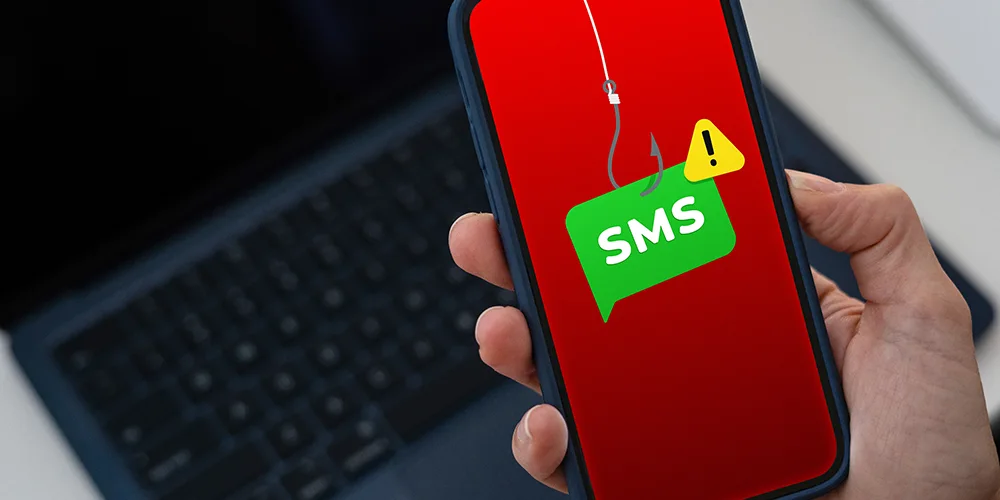What is Mobile Application Management: streamlining app deployment and security

Posted on July 20, 2023 by Louise Howland
These days, all of us want to be able to enable a mobile workforce. There are very few job roles that now only take place in the office. Whether it’s working from home or working from the commute, work happens where our people are, not just where we provide them with a desk.
With more of our data sat in the cloud, with staff connecting to email, SharePoint, OneDrive, Google Docs or other cloud file services, many companies are taking full advantage of the fact that staff are happy to use their own devices to connect to work. It’s more convenient for the employees to not have to carry two devices, and it’s much cheaper for the employer if they don’t have to provide a phone or iPad to every member of the team.
But if staff are using their own devices, that raises different problems. For example, if they leave the organisation, you want to be able to wipe your data, but you have no right to wipe their personal phone, potentially wiping our their files, contacts, social channels and photos for example.
That’s where Mobile Application Management comes in. Mobile Application Management, or MAM for short, allows us to sandbox data that’s yours and keep it separate from personal data. With MDM we are securing the whole device. With MAM, we’re securing defined applications that we then approve to access our corporate data.
A good example of this is Outlook data. In an unmanaged set up, I can simply pop in my exchange details on my iPhone and synch my email, calendar and contacts with Microsoft exchange using the default calendar and mail applications. The IT team have no way of controlling this. That means, if I leave, or lose my phone, that company data remains synched on my device, which is probably a GDPR breach at best.
With a MAM policy in place, I can only access this data using the Microsoft Outlook app on my personal device. Then my IT department can say that in order to access email, I need to have biometrics, or a PIN code set up on that specific application, and if I leave, or lose my phone, IT can wipe just that company data.
It means you can provide people with the flexibility to work on the device of their choosing, avoid the cost of issuing and running company owned mobile devices, but still retain full control over your data.
What is Mobile Application Management?
Mobile Application Management (MAM) refers to the set of processes, technologies, and policies employed by organisations to manage, secure, and distribute mobile applications within their environment. MAM is primarily concerned with controlling and securing the apps themselves, as opposed to managing the entire mobile device (which falls under Mobile Device Management or MDM). MAM provides organisations with granular control over app deployment, updates, usage policies, and data protection.
Benefits of Mobile Application Management
- App Security and Compliance: With MAM, organisations can enforce security policies and protect sensitive data within mobile applications. MAM solutions often include features such as encryption, and secure authentication mechanisms which help safeguard corporate data, prevent unauthorised app usage, and ensure compliance with industry regulations. IT teams can further compliance by restricting out-of-date apps, operating systems and handsets which are potentially insecure from accessing company data.
- User-Friendly App Management: MAM solutions provide great continuity of user experience. This empowers employees to discover and install authorised apps without IT intervention. Self-service capabilities reduce the burden on IT departments, allowing them to focus on more strategic tasks while granting users the flexibility they need. It gives the organisation the ability to selectively wipe just the organisation’s data from within managed apps, which is a better user experience than having your personal phone reset to factory defaults.
- BYOD (Bring Your Own Device) Enablement: MAM is essential for helping organisations to manage and secure applications on employee-owned devices. By separating corporate apps from personal data and providing secure containers, MAM ensures that personal information remains unaffected while enabling employees to access business resources conveniently.
Difference between MAM and MDM
Mobile Device Management (MDM) and Mobile Application Management (MAM) are both used to manage enterprise assets on mobile devices, but they have different focuses. MDM is device-centric and controls, monitors, and secures the whole device, including the applications. MAM is application-centric and controls specific corporate applications and their data, often in BYOD environments.
Implementing Mobile Application Management
To implement MAM effectively, organisations should consider the following steps:
- Assess App Requirements: Identify the apps needed to support business processes and determine their specific requirements, such as security, data access, and integration capabilities.
- Choose the Right MAM Solution: Research and evaluate MAM solutions that align with your organisation’s goals, infrastructure, and security requirements. Consider factors such as scalability, platform compatibility, app store integration, and administrative control. For users already fully invested in Microsoft 365, it’s likey that you’ll choose Microsoft Intune as it’s probably already part of your 365 bundle.
- Define App Policies: Establish clear policies regarding app usage, data access, and security. Define guidelines for app approval, distribution, and updates. Ensure that policies adhere to industry regulations and compliance standards.
- Implement Security Measures: Deploy security features such as app wrapping, containerisation, encryption, and secure authentication to protect corporate data and prevent unauthorised access.
- Provide Training and Support: Educate employees on the benefits of MAM, app management best practices, and security protocols. Offer ongoing training and support to ensure smooth adoption and usage of managed apps.
For more information on Mobile Application Management and how to implement it in your organisation get in touch.







